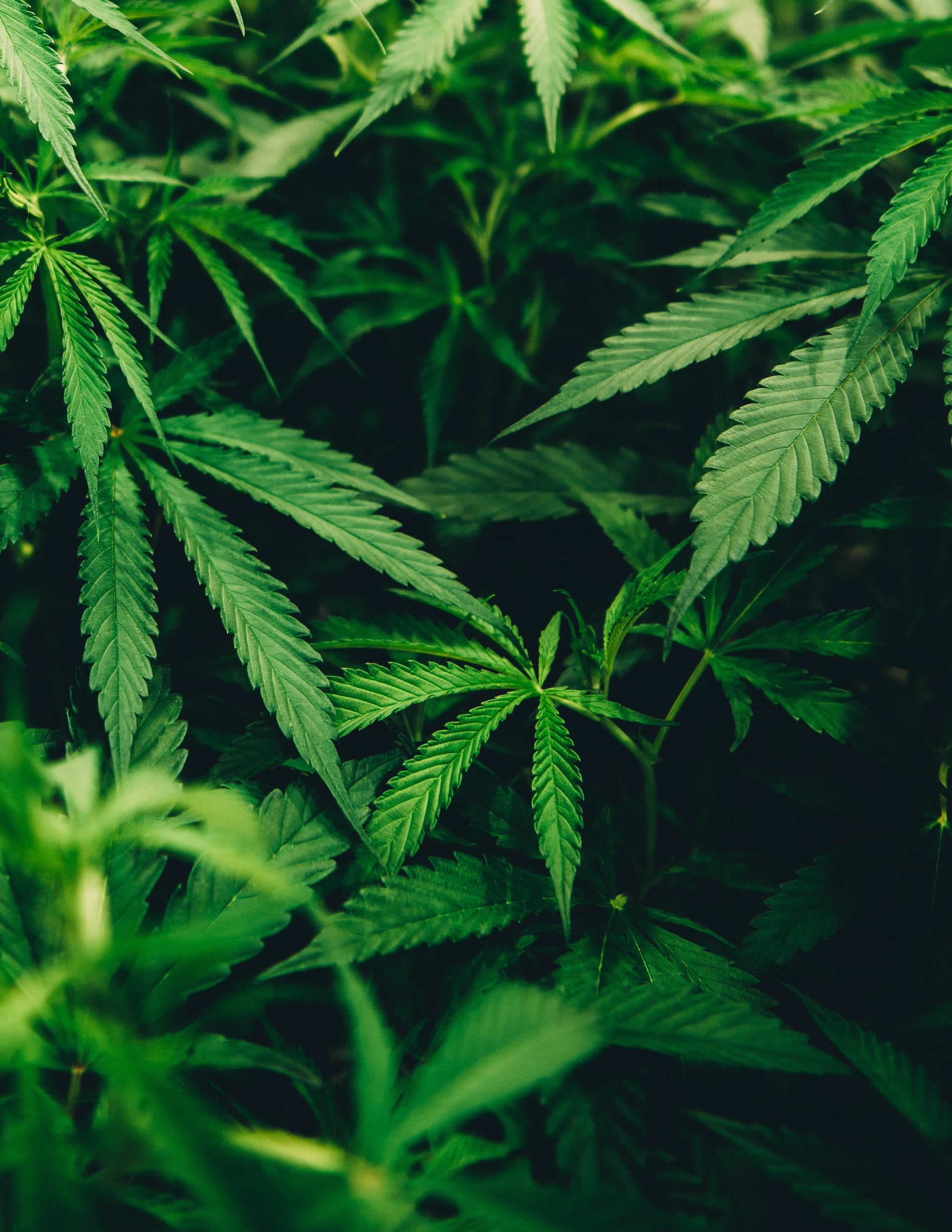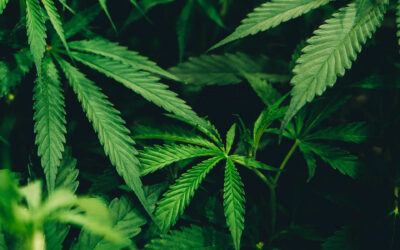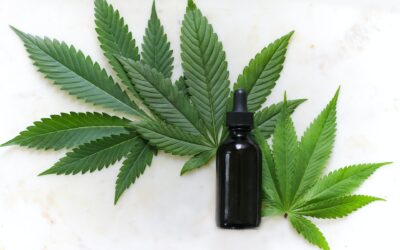How is CBD Farmed?

CBD (cannabidiol) is farmed from the hemp plant (Cannabis sativa) using various cultivation methods that prioritize high CBD content and minimize THC levels to comply with legal requirements. Hemp is a versatile and resilient crop that can be grown in diverse climates, making it accessible to farmers around the world. Here’s an overview of how CBD is farmed
Hemp Cultivation
CBD is primarily extracted from hemp plants, which are selectively bred to have high CBD concentrations and low THC levels. Hemp cultivation starts with obtaining hemp seeds or clones from reliable sources. Farmers may choose from different hemp varieties based on their intended CBD content, growth patterns, and regional climate.
Choosing the Right Environment Hemp is known to be a hardy plant that can adapt to various environmental conditions. It grows best in well-draining, fertile soil with a pH range between 6.0 and 7.5. Hemp also requires adequate sunlight, so farmers typically choose fields with full sun exposure for optimal growth.
Planting
Depending on the region and climate, hemp can be directly sown in the field or started in indoor nurseries and later transplanted. In colder climates, starting indoors allows the plants to develop before the last frost. Hemp plants are typically spaced a few feet apart to provide ample room for growth and air circulation.
Soil Preparation and Nutrient Management
Before planting, farmers prepare the soil by tilling and adding organic matter to enhance nutrient content. Hemp requires various nutrients like nitrogen, phosphorus, and potassium for healthy growth, so farmers often supplement the soil with fertilizers based on soil tests and plant needs.
Pest and Weed Management
To protect hemp crops from pests and diseases, farmers may use integrated pest management strategies that combine organic methods, such as companion planting and beneficial insects, with targeted and approved pesticides when necessary. Weed control is also essential to prevent competition for nutrients and resources.
Harvesting
Hemp is typically ready for harvest within 70 to 120 days after planting, depending on the variety and growing conditions. Farmers usually harvest hemp for CBD extraction when the flowers and buds reach their peak CBD content. Harvesting is often done by hand to avoid damaging the valuable CBD-rich trichomes.
CBD Extraction
After harvesting, the hemp plants undergo CBD extraction processes to separate the CBD-rich compounds from the plant material. Common extraction methods include CO2 extraction, ethanol extraction, and solventless methods like rosin pressing.
Testing and Compliance
To ensure compliance with legal THC limits and guarantee product quality, CBD extracts are subjected to rigorous testing by third-party laboratories. These tests verify CBD and THC levels, as well as the presence of any contaminants or impurities.
CBD farming requires a combination of agricultural knowledge, careful cultivation practices, and adherence to regulations. As the CBD industry continues to evolve, responsible and sustainable farming practices will play a vital role in meeting the growing demand for CBD products while preserving the environment and ensuring consumer safety.






